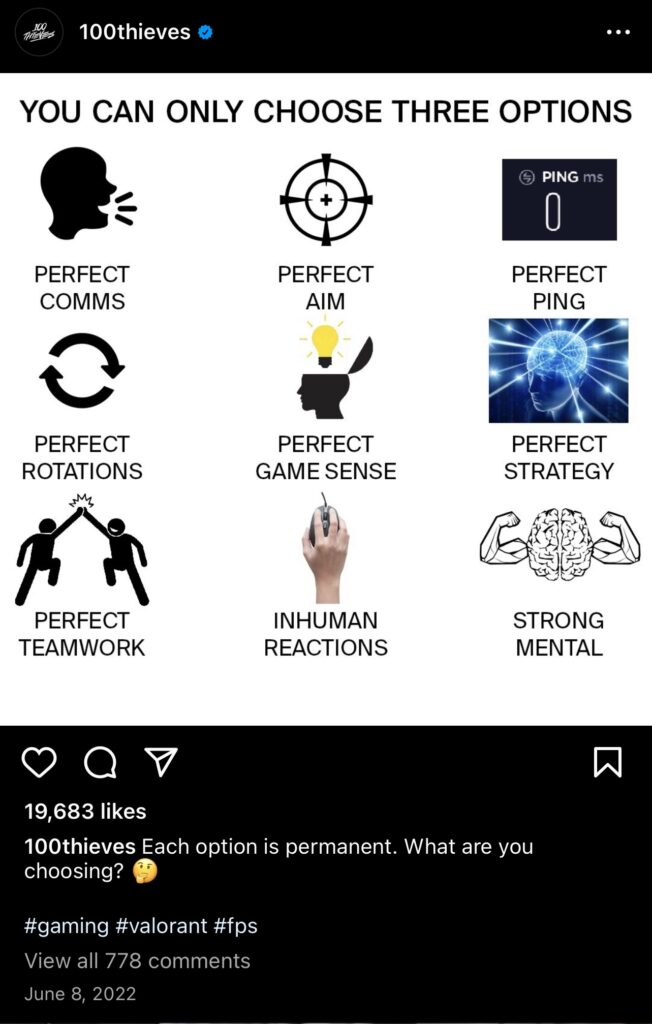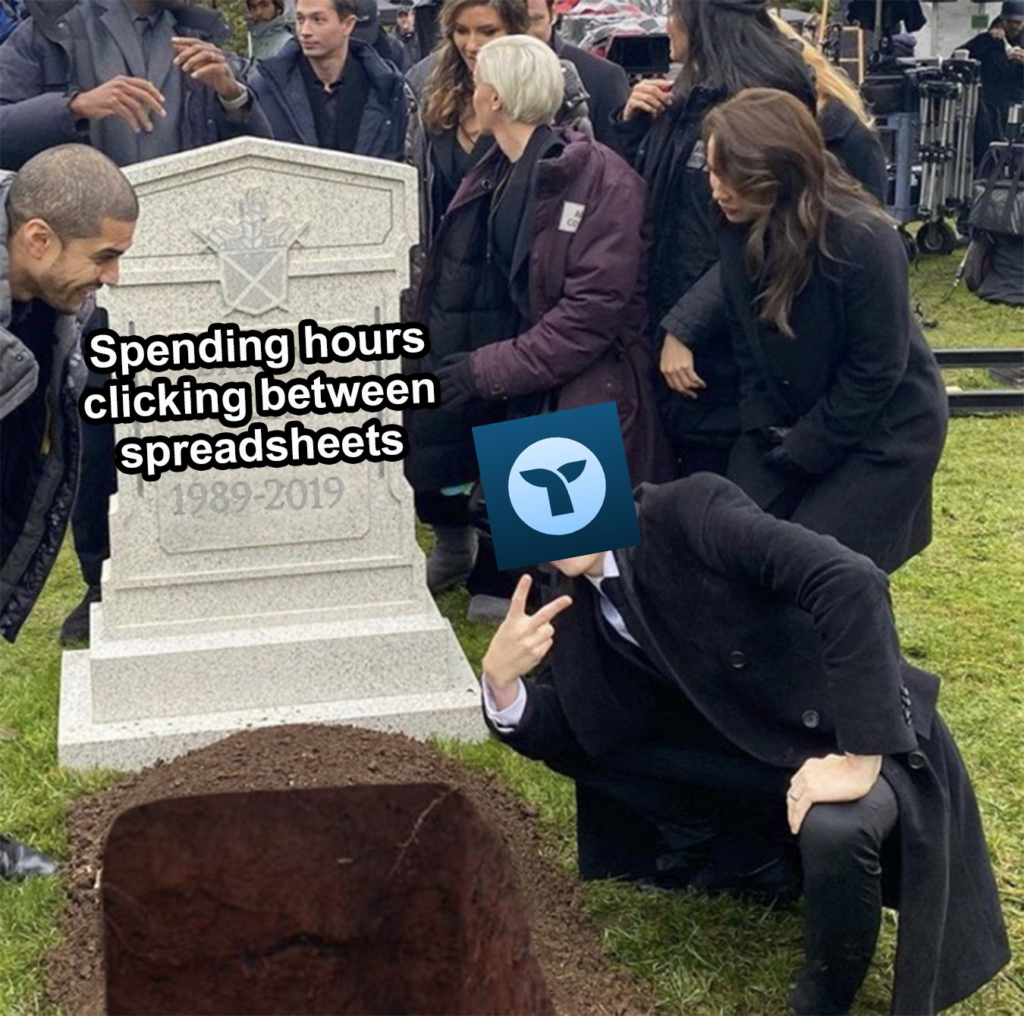02 February 2023 | Marketing
3 types of social media posts every successful brand uses
By
Steal these, please.
Today’s edition isn’t some drawn out case study. It’s not a deep dive. It’s a simple list of post types that every social media manager needs to know — with a few relevant examples.
These are a few formats I build a lot of my social strategies around. And they apply across platforms. Plug them into your own campaigns (if you like good-looking metrics).
1) Engagement questions
Engagement questions are… exactly that — questions your brand posts to social to get members of your target audience to reply.
These types of posts are great for building community and starting conversations with your future customers. And, if we’re being 100% honest, they’re also great for generate a shit ton of engagement and helping with the algorithm.
These types of posts exist on all platforms — Twitter, Instagram, TikTok, even LinkedIn. Here are a few examples:



There are 2 mistakes marketers make that kill the response rate on these posts.
One mistake is making it difficult to answer. Nobody is going to respond to your post if the response warrants a 5 paragraph essay in MLA format. Keep it quick. Your audience should be able to answer in a few words — or even a single emoji.
The other mistake is that the questions are just boring. The best engagement questions are polarizing — safely polarizing. Let me clarify.
You don’t want to post some shit that will get you cancelled. Let’s not make you the main character of Twitter for the day, okay?
Instead, post questions that are polarizing around safe topics. An example would be an esports team in the Call of Duty League asking their audience what their favorite map in the current game is.
It gets the audience going. It leads to debate and plenty of replies. But at the end of the day — it’s a safe topic for the brand.
Oh. And it also takes 1-2 words max to answer.
See how that works?
2) Memes (2 types)
I know. Not every brand needs to post memes.
But like, if your good at them, they will help you stand out on social. And I feel like the ‘not-every-brand-needs-to-post-memes’ outrage comes from marketers with no meme game. Fight me.
Memes don’t need to be super unhinged. They don’t need to be dangerous.
I could write the equivalent of a Masters thesis on the subject. Today I’m going to keep it simple though.
Why memes?
A) Memes feel native to the platform
B) Memes often communicate ideas more effectively than text or video can
C) They’re funny. And people engage. Which helps with the algorithm.
D) They’re shareable. The best memes get shared publicly and privately in group chats
There are 2 main categories of memes to rotate between:
- Product memes
- Industry memes
Product related memes are exactly that. Memes that directly relate the humor back to the product. These often highlight a feature, or a pain-point that the product solves — and communicate the idea better than just explaining the feature in plain text.
Here’s an example:

Industry memes are memes that don’t relate to your product directly — but they are relevant to your target customers. These have a larger target audience than product-specific memes, and don’t feel salesy at all.
Here’s one that did well from the Triple Whale account:

When done right, they’re just funny, and have lots of potential for share-ability on whatever social platforms your brand is posting to.
Try memes out. I think you’ll be pleasantly surprised.
3) Algorithm boosters (platform-specific)
This feels dirty to talk about. But there are types of posts on each platform that feed into the algorithm on that platform.
Take Twitter, for example.
Dread it. Run from it. Destiny arrives all the same. And by destiny I mean Twitter threads.
We can hate on them all we want. But the numbers show that threads get outsized viewership on Twitter. Even a single post (like a meme) with the same number of likes and retweets as a given thread will get way less engagement.
These types of posts have one trait in common — they keep users on the platform for longer. This lets platforms shill ads to you (and profit). This is true for any social media platform using ad sales as the main revenue driver. So like… all of them.
Here’s a cheat sheet of relevant formats by platform for you to use:
Twitter → Threads
LinkedIn → Carousels
Instagram → Reels (I hate it too)
TikTok → Nothing in particular but just make your videos in a way that retains viewers and drives engagement
BeReal → Stop it. Get some help. Your brand doesn’t need a BeReal strategy.
I think the reason why this idea gets a lot of pushback is that grifters on each of these platforms sees these formats and then just start posting cringe content to generate virality at all costs.
So well-meaning content creators, like us, shy away from them because we don’t want to contribute to the pandemic of cringe.
The solution?
Simply do not be cringe. It’s possible. I promise.
And one last note, because I know what you’re thinking. There is a huge difference between feeling cringe:
- …because you’re just starting out
- ….and because you’re selling your soul for engagement at all costs
1 is a sign to keep going. That’s normal.
2 is a sign to reconsider your life choices.
Wrapping it up
Again. This list is not exhaustive. There are other types of content that do well — a lot of which is dependent on your brand and the platforms you use. But these 3 post types should give you a solid foundation to build off of.
That’s all I’ve got for you today.